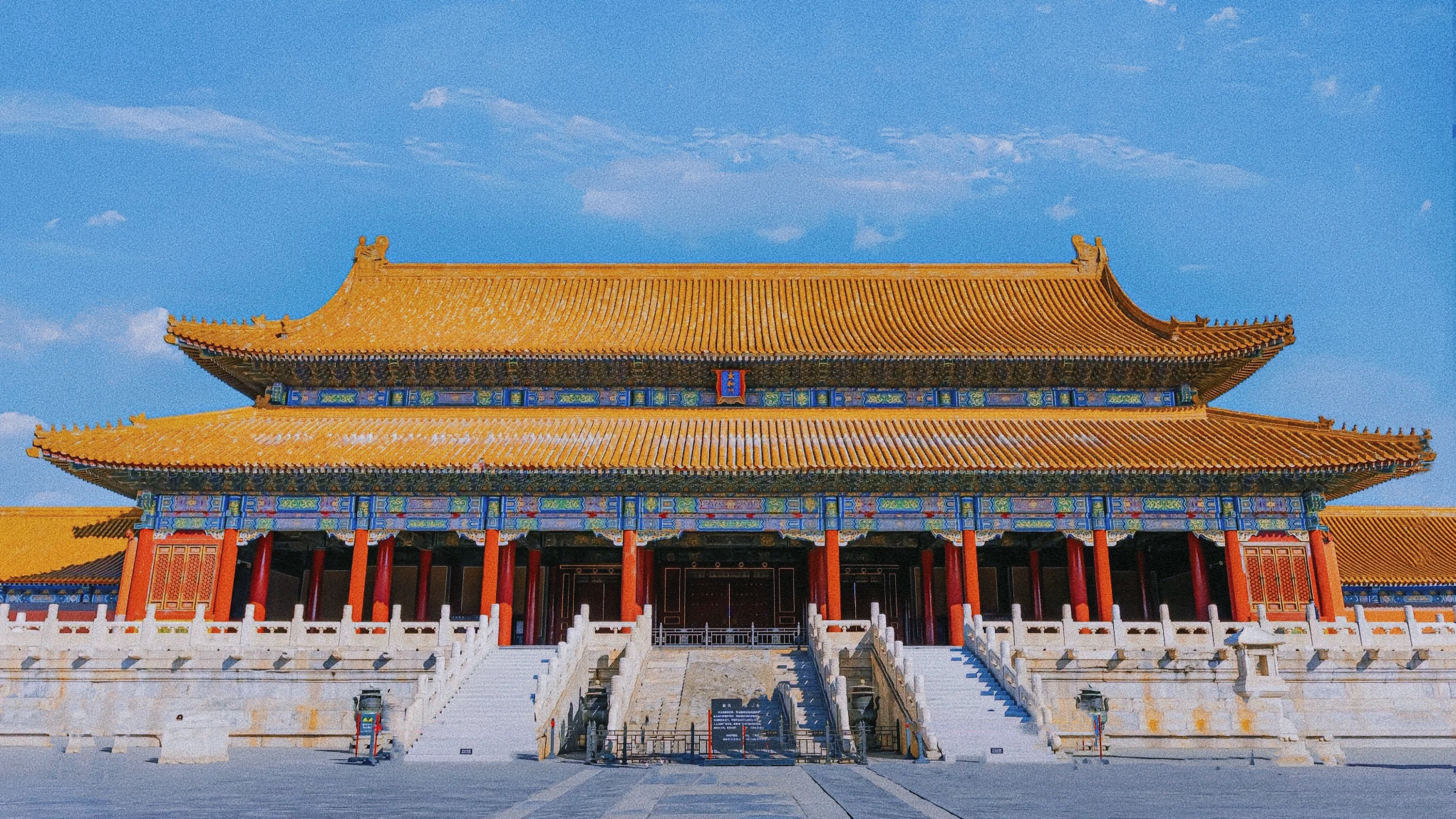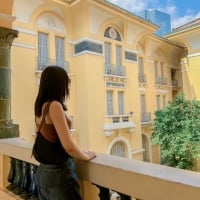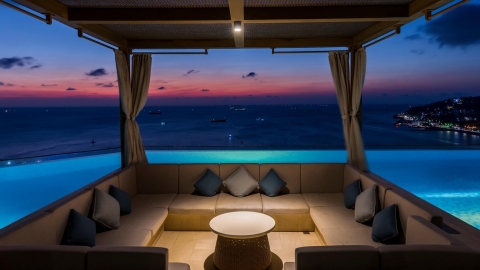China is known as a country with a rich history and culture, famous for its beautiful natural scenery and unique architectural works. When mentioning attractive tourist attractions in this country, we cannot ignore the Forbidden City - a heritage representing a golden feudal period, where many valuable artifacts and works of art are kept.
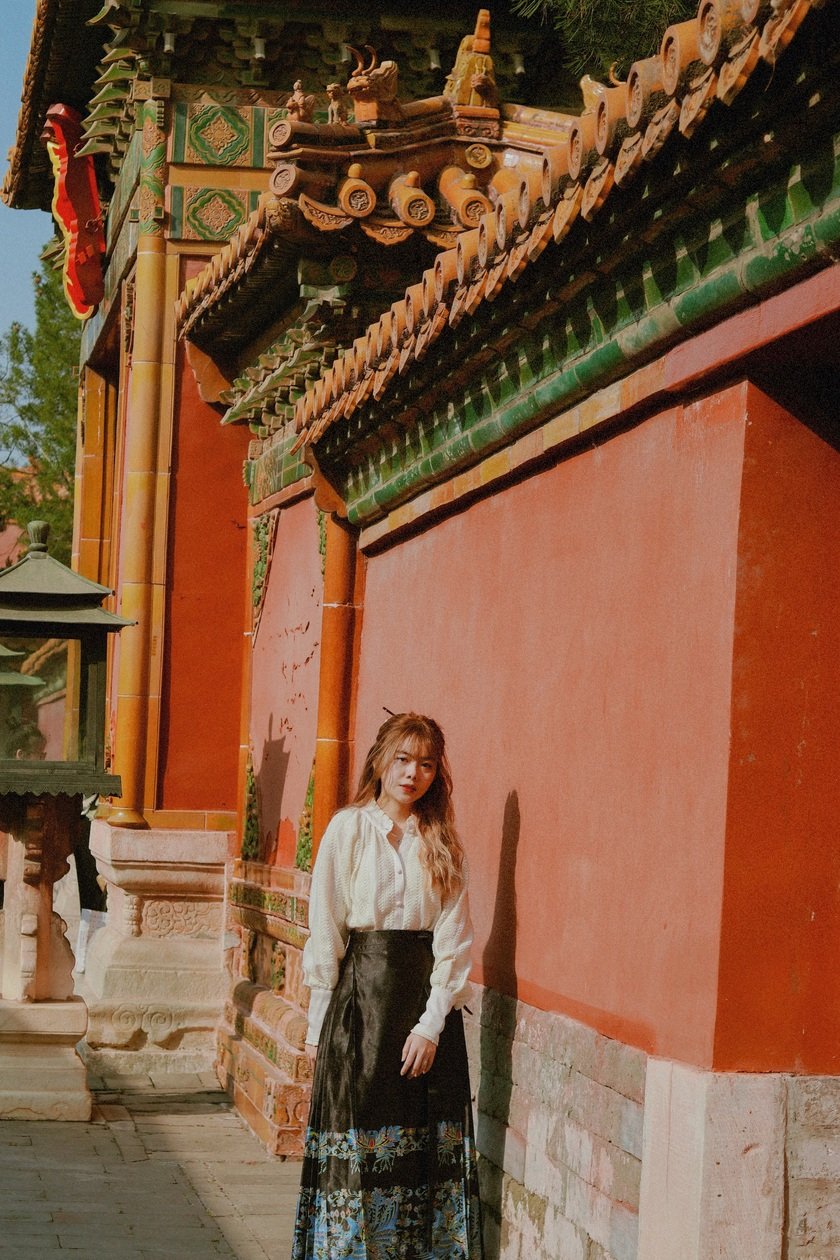
Travel blogger Hien Mai is currently studying and living in China.
Glorious Memories of China
The Forbidden City is one of the most popular tourist destinations, especially for those who are passionate about exploring China. It is considered the most massive and mysterious historical structure in China. The elegance of the architecture and the stories of the royal palace have attracted millions of visitors every year.
The Forbidden City, also known as the Imperial Palace in Beijing, has a history of more than 500 years from the Ming Dynasty to the Qing Dynasty. It is not only a residence for the royal family but also a "historical witness" to hundreds of changes in Chinese dynasties. In 1987, the Forbidden City was recognized by UNESCO as a World Heritage Site as the "Imperial Palace of the Ming and Qing Dynasties".
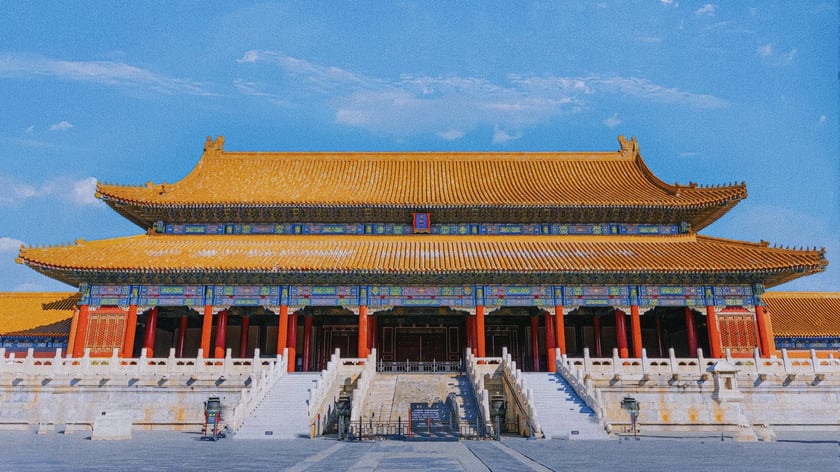
The Forbidden City is one of the places of interest to many tourists, especially those who are passionate about exploring Chinese tourism.
The majestic beauty of the royal palace
The design of the Forbidden City is meticulous down to every detail, reflecting the unique culture of East Asia. Built in a rectangular block surrounding the citadel based on the theory of "round sky, square earth", the solid walls have created a strict battlefield for the Forbidden City. All are protected by the four corners of the citadel and the four main walls including four main gates leading out of the citadel such as: Than Vu Mon, Dong Hoa Mon, Tay Hoa Mon, Ngo Mon.
The Forbidden City has a total of 9,999 rooms on an area of 720,000 m2. The reason for such a number is because the Chinese emperor believed that: Only the Jade Emperor is the only supreme being who owns 10,000 rooms. Besides, the Chinese always consider the number 9 as a lucky number, bringing fulfillment and prosperity.
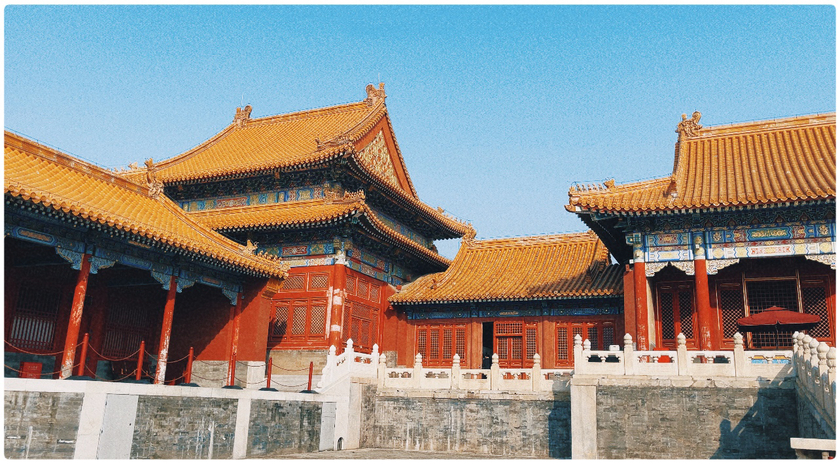
The meticulous design of the Forbidden City reflects the unique cultural features of East Asia.
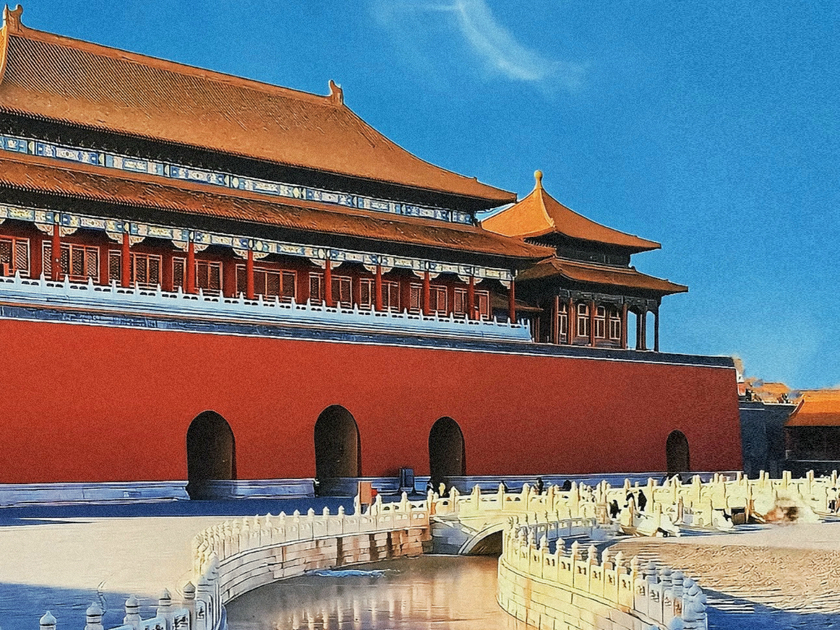
The Forbidden City has a total of 9,999 rooms on an area of 720,000 m2.
Having the opportunity to visit the Forbidden City at the end of October, Hien Mai shared: “This is the first time I have set foot in the Forbidden City and visited the Forbidden City. I have wanted to come here for a long time when watching Chinese historical films. However, due to the epidemic situation and many other reasons, I have only been able to come here this year.”
Travel bloggers are particularly impressed with the meticulous design down to every detail of the majestic and massive Forbidden City. All the gates and halls of the Forbidden City are arranged symmetrically on a central axis from North to South. The meaning of this architectural style represents the supreme power of the Emperor.

Travel bloggers are particularly impressed with the meticulous design down to every detail of the majestic, massive Forbidden City.
What makes the Forbidden City special is the high-quality wood that has been preserved intact until now. The pillars and beams are made from the rarest Chinese wood, Trinh Nam. The wooden joints here are also connected quite well, interwoven together to form a lock without using any nails.
During the Ming and Qing dynasties, yellow was a color symbolizing supreme power and was only used by the royal family. In addition, red is the color of luck and happiness. The combination of these two colors created the main color of the Forbidden City. All items and details in the Forbidden City were painted red with gold-tiled roofs, creating a harmonious and lively picture.



The items and details in the Forbidden City are all painted red with gold-tiled roofs, creating a harmonious and lively picture.
According to Hien Mai, the roofs of the buildings in the Forbidden City are elaborately decorated. The mascots on the roofs are carefully selected to match the royal elements, the most typical being the dragon, phoenix and lion. These animals all symbolize the power of Chinese culture.
“What impressed me most was that inside the Forbidden City, except for the Imperial Garden, there were very few trees, especially tall trees. There were almost no trees along both sides of the road leading to the palace,” she confided.
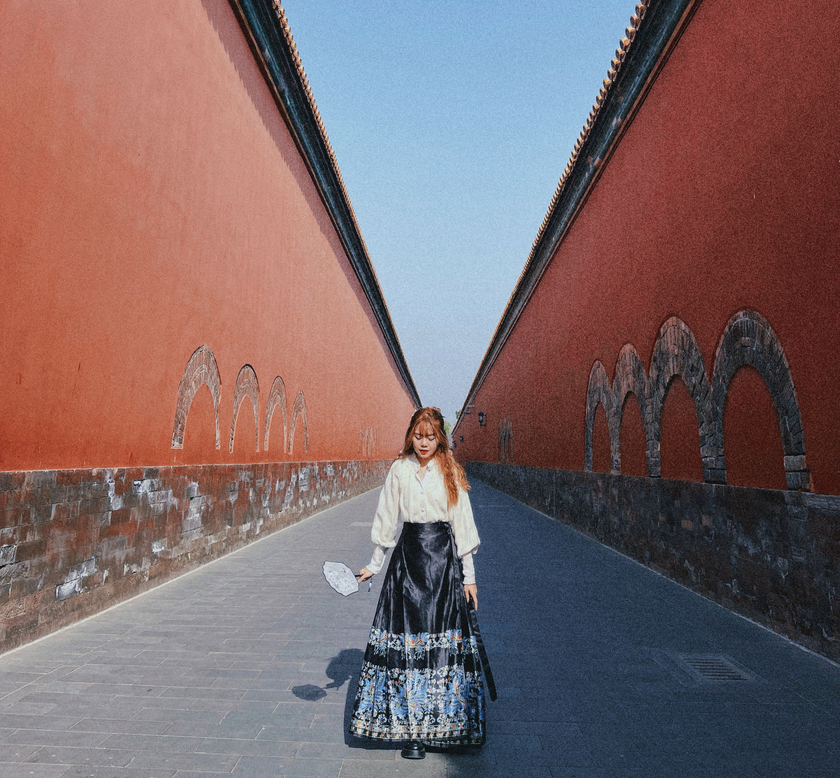
According to Hien Mai, the buildings in the Forbidden City are exquisitely decorated.
All the experience of visiting the Forbidden City
“To have time to fully visit and capture beautiful moments here, we woke up early and arrived at 8am. At this time, there were not too many tourists, the weather was cool so we could visit comfortably and take many beautiful pictures. The Forbidden City is very large, if you want to visit all the rooms here, it would take you two to three days. We only had one day here so we only visited the main palaces of the Forbidden City”, Hien Mai confided.
According to travel bloggers, visitors should buy tickets well in advance of their trip. Inside the Forbidden City, people are not allowed to take commercial photos, and are not allowed to bring in prohibited items, especially tripods.

Travel blogger shares that wearing Hanfu in the Forbidden City is an experience worth trying.
To have impressive check-in photos, Hien Mai did not hesitate to share the secret: “Outside the gate, there are shops that rent traditional Chinese costumes at affordable prices. I think wearing Hanfu in the Forbidden City is a very worthwhile experience for everyone to try. In addition, the inside of the Forbidden City is very large, so we need to prepare mentally and physically because we have to walk a lot.”





